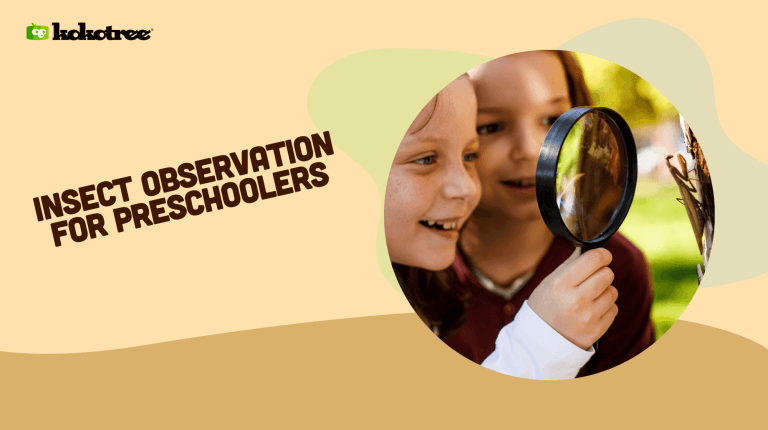

Insect learning for preschoolers involves engaging young children in fun, educational activities that help them learn about insects, develop observation skills, and spark their curiosity. By introducing basic biology concepts through hands-on experiences, parents can create a captivating learning environment that nurtures their child’s love for nature and science.
In the early years of a child’s life, it’s crucial to expose them to a variety of experiences that encourage learning through exploration.
Insect observation plays a significant role in early childhood education because it allows children to develop key skills and knowledge in a hands-on, natural environment.
It promotes curiosity, improves problem-solving skills, fosters a love for nature, and teaches basic biology concepts in a friendly, enjoyable way.
Crafting the ideal insect observation environment is essential to keep your preschooler interested and engaged. To successfully introduce the world of insects to your child, follow these simple steps:
Engaging activities are vital in attracting your preschooler’s attention and maintaining their interest. A blend of indoor and outdoor activities will keep your child fascinated with the insect world, while reinforcing key concepts and skills. Here are a few entertaining activities you can incorporate in your insect observation sessions:
When it comes to insect observation, an engaging experience is essential for a successful learning process. With that in mind, here are some key biology concepts you can introduce to your preschooler in a fun and stimulating manner:
To keep your preschooler consistently engaged and intrigued by the world of insects, it’s crucial to foster an ongoing interest in the subject. Here are some ideas that can help:
With the right strategies and activities, insect observation can become an unforgettable educational experience for both you and your preschooler. So, gear up, step outside, and explore the world of insects with your little one!
This FAQ section aims to address some common inquiries and provide guidance for those eager to explore the exciting world of insects with their preschoolers.
Insect observation can be introduced as early as two or three years old. Of course, you’ll need to adapt the activities and language to suit your child’s developmental level and interests. Remember, it’s never too early to nurture curiosity and love for nature in children.
Encourage your child to observe insects from a distance, using tools like binoculars, while you talk about the fascinating facts and harmless nature of the bug. Gradually reducing their fear is essential for them to feel comfortable and engaged in insect-related activities.
Avoid insects like bees, wasps, and ants, which may sting or bite when threatened. Familiarize yourself with the common insects in your area and teach your child to identify and steer clear of potentially harmful bugs.
Continually incorporate insects into your child’s everyday activities, such as reading books, watching educational videos, crafting art projects, or participating in nature clubs. These efforts will help maintain their curiosity and love for insects and nature in general.
Ideal observation sessions should last between 30 minutes to an hour, depending on your preschooler’s age and attention span. The key is to keep the sessions enjoyable, engaging, and free from boredom to maximize the learning benefits.
You can ask open-ended questions, initiate conversations, and encourage your child to share their discoveries and observations. Through these interactions, you can gauge their understanding and appreciation of insects and related concepts.




